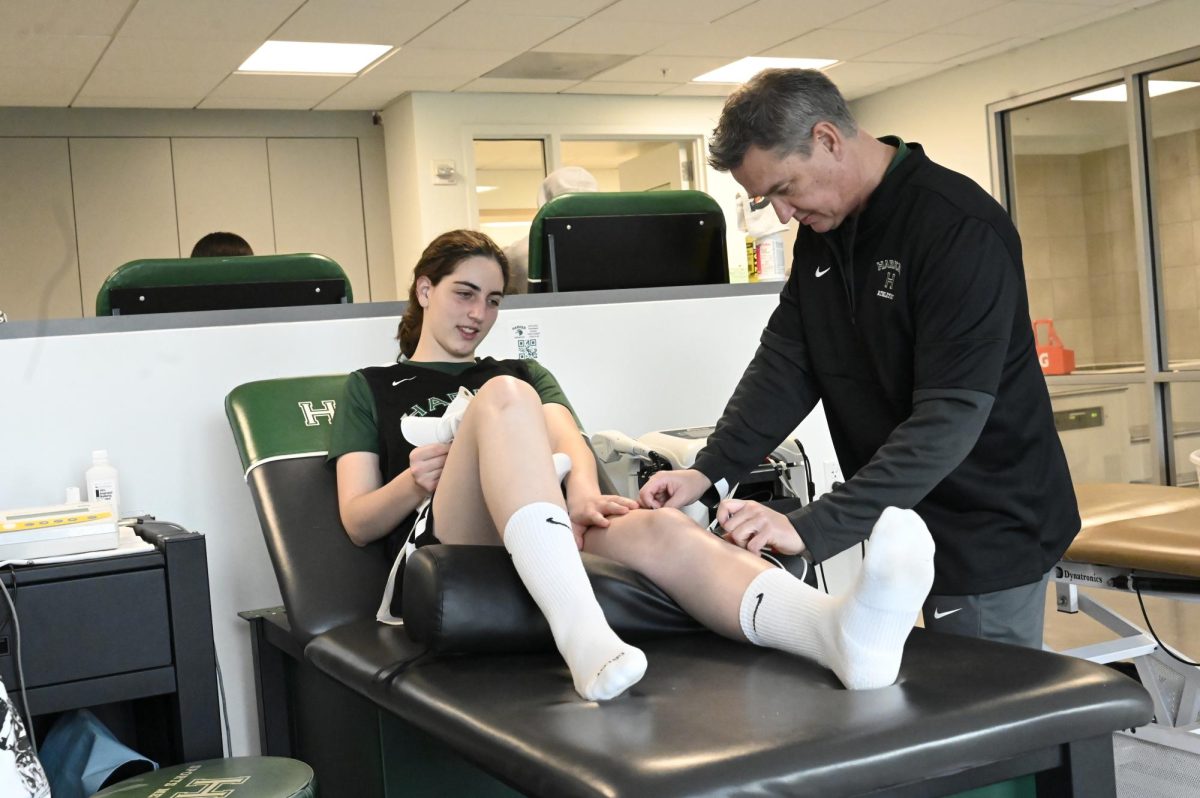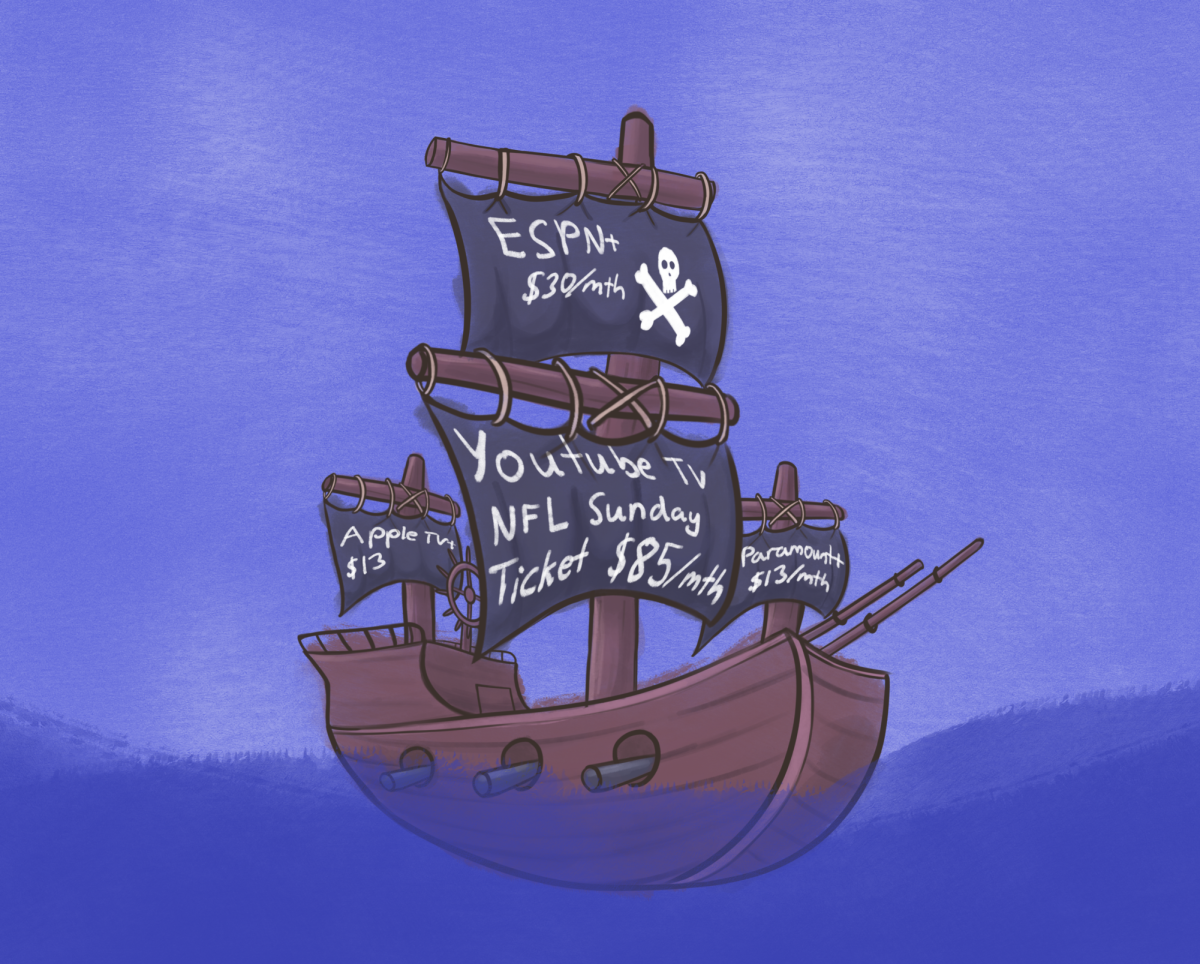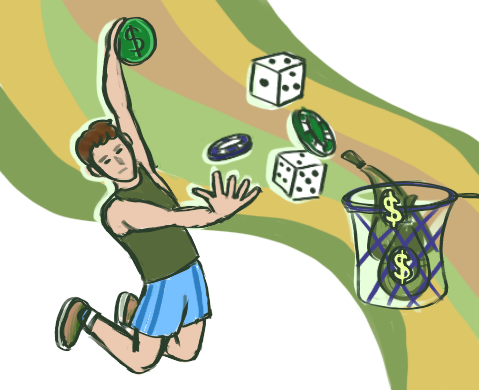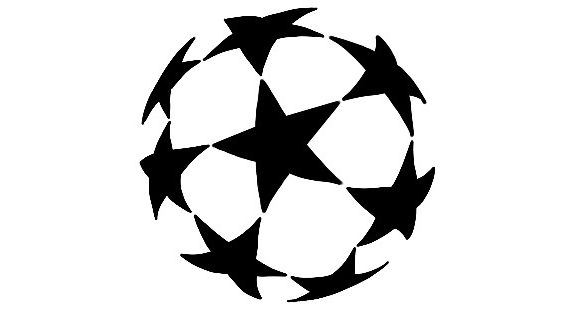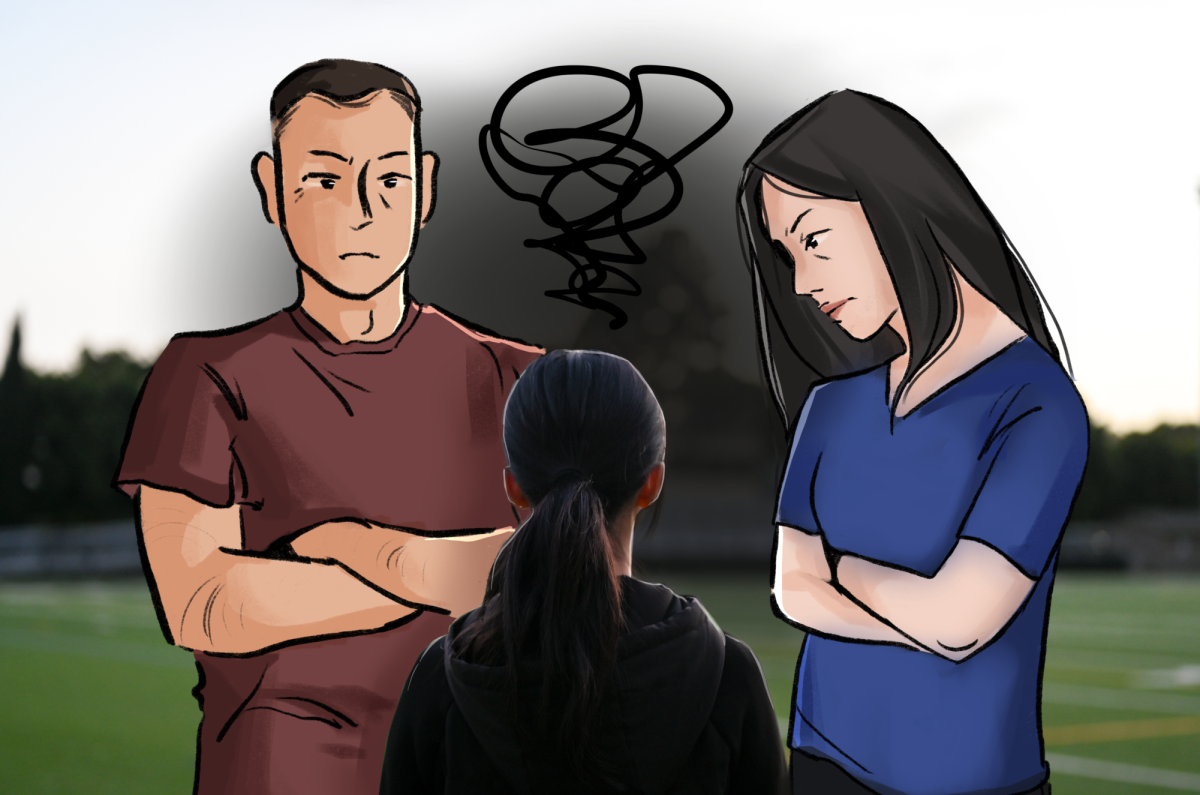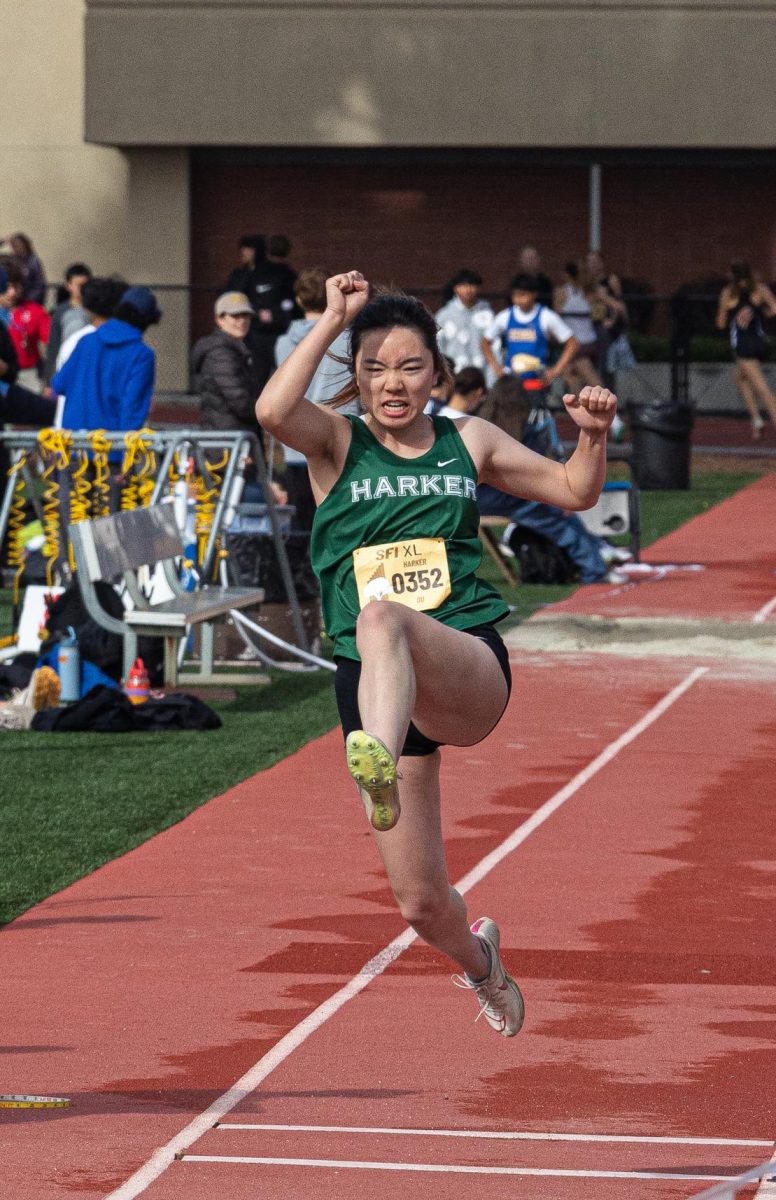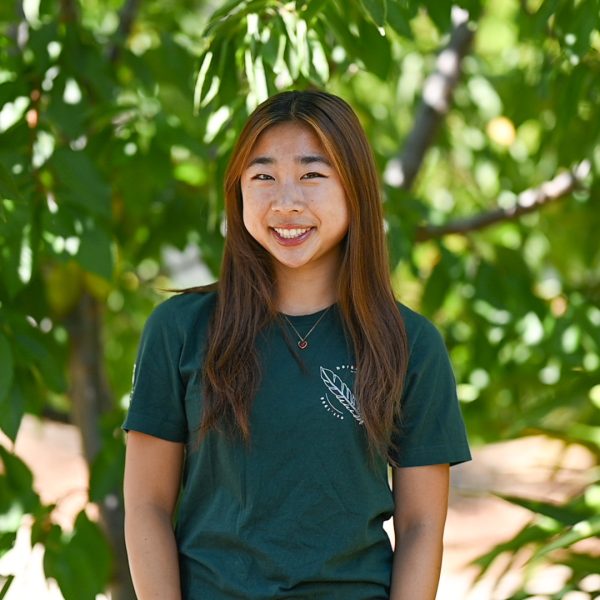“R.I.C.E.” Rest, Ice, Compress, Elevate. This famous acronym described the only options available to injured athletes before sports medicine became as widespread as it is today. As the industry gained traction, so did the development of recovery technology. Now, athletes embrace new techniques to return to the court faster than ever before.
Harker’s own athletics department boasts many of these novel technologies, from Normatec recovery boots, which improve blood circulation, to the underwater treadmill, which alleviates pressure on joints during rehabilitation. Varsity girls basketball and volleyball player Emily Mitnick (11) uses them extensively as a dual-sport athlete, particularly highlighting the heat packs and massage table as treatment for her back injuries.
“When I learned about all of this different sports technology, I was in awe,” Emily said. “I am always open to trying different technologies because I believe that sports medicine is advancing so quickly. With every new invention, it helps reduce recovery time just exponentially.”
Although many athletes do not turn to technology until they face injury, these devices can be helpful to all athletes. Many tools available in the trainer room can help soothe muscles and ligaments after hard practices or weight lifts. By practicing proper recovery with massage guns, athletes incrementally fight off injuries and obviate the need for more targeted pieces of technology like bone stimulators, which use ultrasound waves to address bone injuries, in the first place.
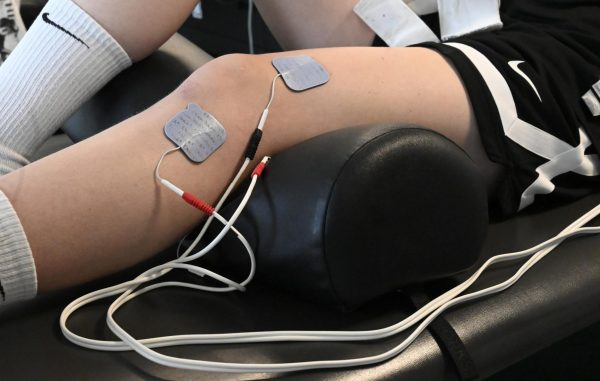
Whether after an intense day of training, or even as a consequence of an improper diet, head athletic trainer Wes Howard recommends using the Normatec to flush toxins out of the bloodstream. With two sleeves that envelop the entire length of an athlete’s leg, the Normatec utilizes air compression technology to increase circulation in the legs, helping to reduce inflammation, speed up recovery and prevent future injuries.
“It’s not just about injury recovery,” Howard said. “It’s about maintaining your health with the recovery tools that we have. You don’t have to be injured to use the hot and cold tub, or use the Normatec or use the massage gun. These are things that help tissue stay pliable so that you don’t have muscle strains.”
For many athletes, Howard recommends undergoing treatment regularly before or after games to improve their performance. Because the trainers follow strict regulations in sports medicine, players have a diminished risk of overuse of these devices.
Employing new, recovery accelerating technologies can help combat the mental struggles faced by athletes undergoing recovery. Since rehabilitating an injury often takes significant time, even the hope of a quick return to play can uplift athletes. When traditional methods like physical therapy exercises or pure rest fail, alternative technologies can break through athletes’ frustrations.
Varsity boys basketball player Om Tandon (12) highlighted the importance of recovery technology to his journey, having broken his foot multiple times over the course of his junior year. After undergoing an unsuccessful initial surgery and needing to return to rehabilitation, seeing progress with bone stimulators encouraged Om to persevere.
“The fact that it didn’t heal and I was going through the injury again made me trust the doctors a little less,” Om said. “After I had used [the technology], I realized, ‘Okay, these are all technologies that have been proven to work.’ They definitely sped up my process a lot.”
As with any innovations in technology, Howard advocates caution when experimenting with new sports medicine devices. While many can be immensely helpful in accelerating the recovery process, trainers should evaluate the manufacturers’ backgrounds and whether the device is right for specific athletes.
“Every year there’s technological advancements, certain modalities that we use for therapy rehab,” Howard said. “Some are better than others. Some last the true test of time. Some are fly-by-night, then they fizzle out within a couple of years. You have to do your due diligence and do the research on the product that someone is trying to sell you.”

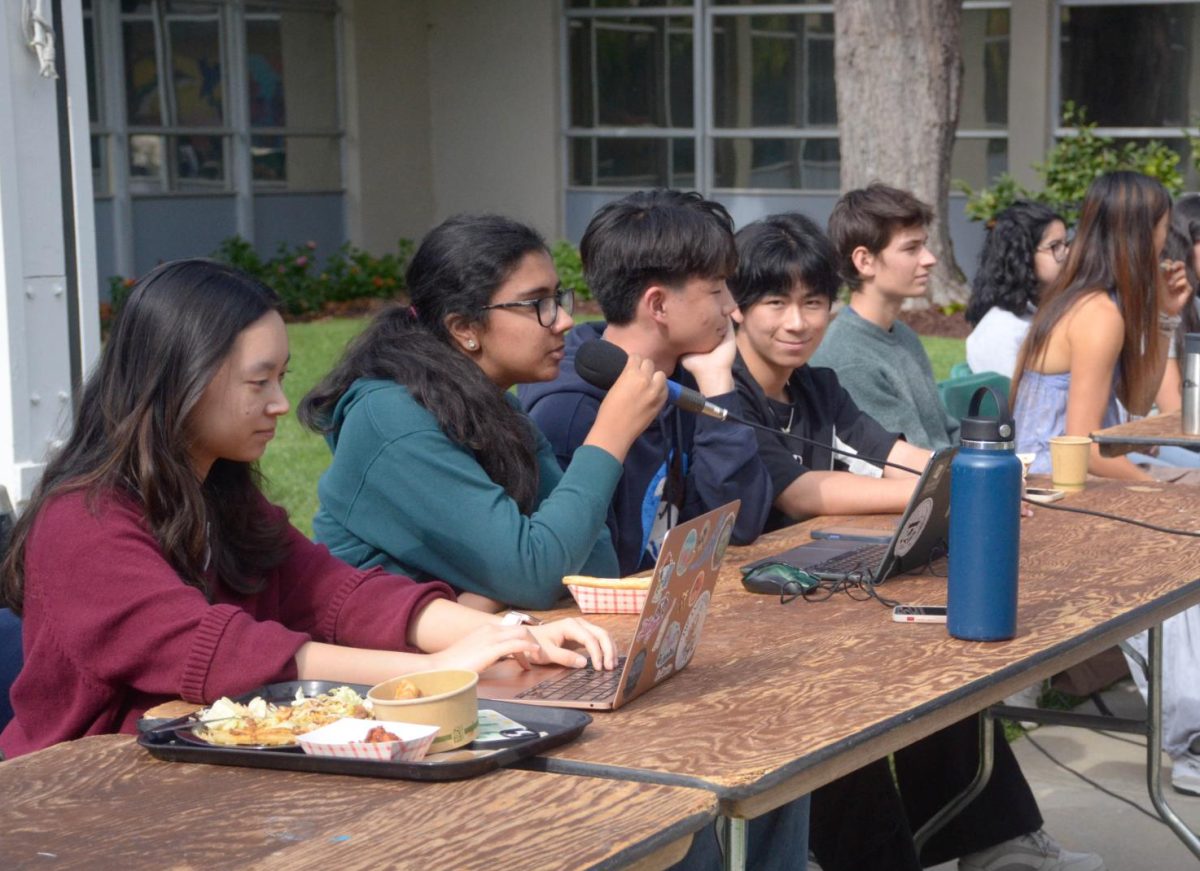

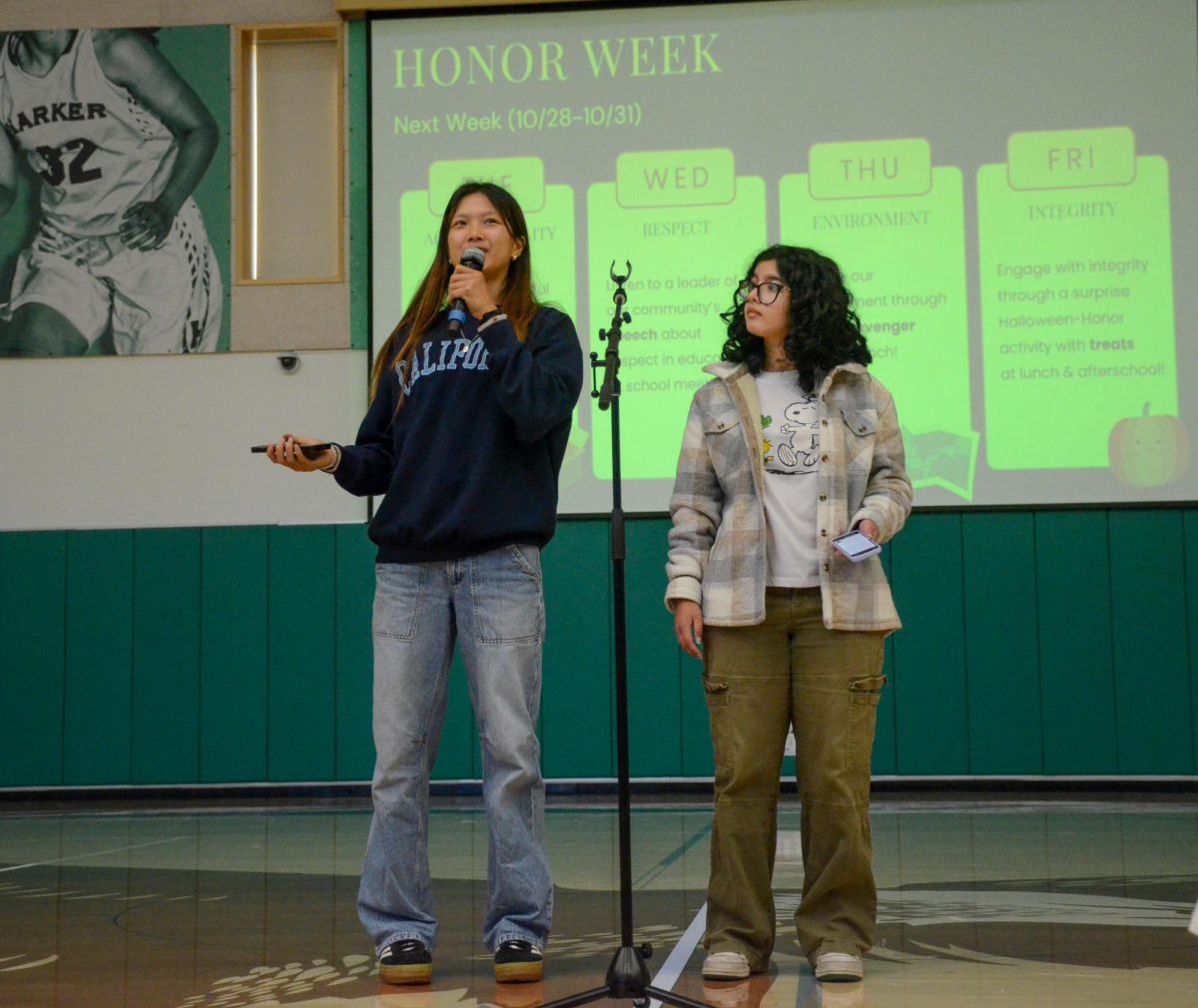
![LALC Vice President of External Affairs Raeanne Li (11) explains the International Phonetic Alphabet to attendees. "We decided to have more fun topics this year instead of just talking about the same things every year so our older members can also [enjoy],” Raeanne said.](https://harkeraquila.com/wp-content/uploads/2025/10/DSC_4627-1200x795.jpg)
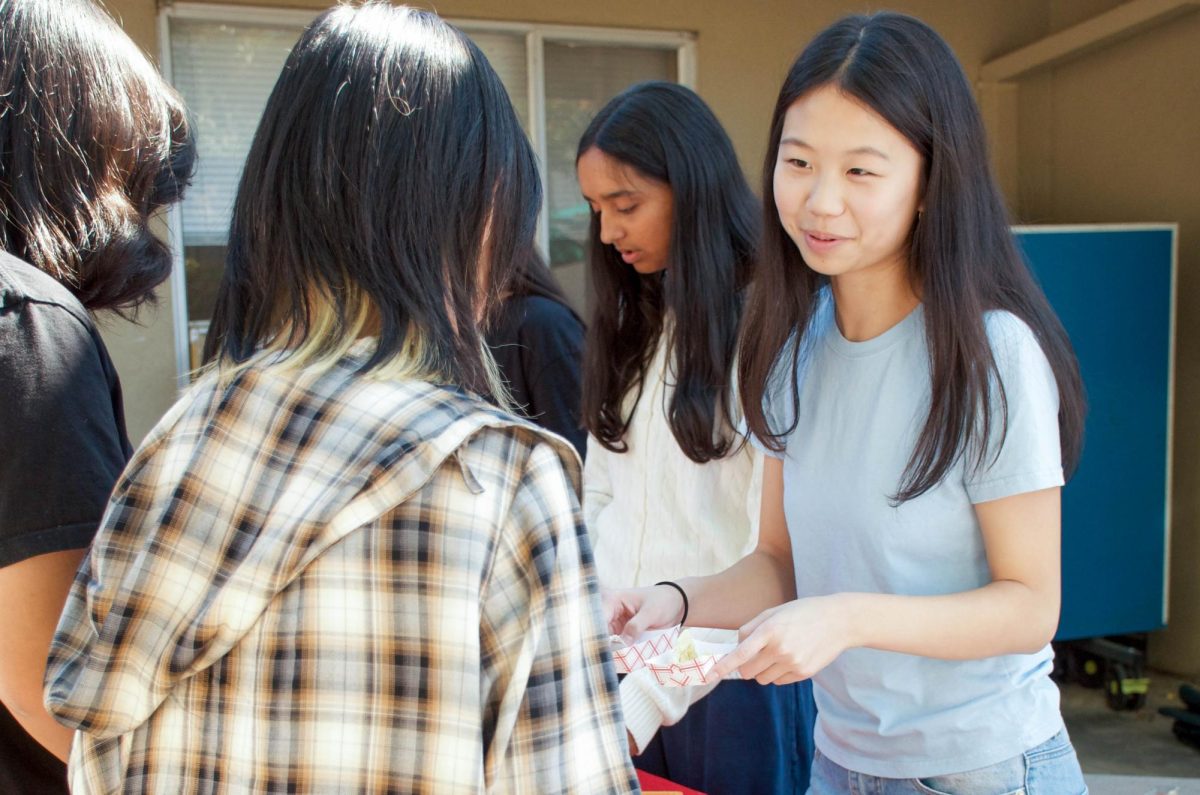

















![“[Building nerf blasters] became this outlet of creativity for me that hasn't been matched by anything else. The process [of] making a build complete to your desire is such a painstakingly difficult process, but I've had to learn from [the skills needed from] soldering to proper painting. There's so many different options for everything, if you think about it, it exists. The best part is [that] if it doesn't exist, you can build it yourself," Ishaan Parate said.](https://harkeraquila.com/wp-content/uploads/2022/08/DSC_8149-900x604.jpg)




![“When I came into high school, I was ready to be a follower. But DECA was a game changer for me. It helped me overcome my fear of public speaking, and it's played such a major role in who I've become today. To be able to successfully lead a chapter of 150 students, an officer team and be one of the upperclassmen I once really admired is something I'm [really] proud of,” Anvitha Tummala ('21) said.](https://harkeraquila.com/wp-content/uploads/2021/07/Screen-Shot-2021-07-25-at-9.50.05-AM-900x594.png)







![“I think getting up in the morning and having a sense of purpose [is exciting]. I think without a certain amount of drive, life is kind of obsolete and mundane, and I think having that every single day is what makes each day unique and kind of makes life exciting,” Neymika Jain (12) said.](https://harkeraquila.com/wp-content/uploads/2017/06/Screen-Shot-2017-06-03-at-4.54.16-PM.png)








![“My slogan is ‘slow feet, don’t eat, and I’m hungry.’ You need to run fast to get where you are–you aren't going to get those championships if you aren't fast,” Angel Cervantes (12) said. “I want to do well in school on my tests and in track and win championships for my team. I live by that, [and] I can do that anywhere: in the classroom or on the field.”](https://harkeraquila.com/wp-content/uploads/2018/06/DSC5146-900x601.jpg)
![“[Volleyball has] taught me how to fall correctly, and another thing it taught is that you don’t have to be the best at something to be good at it. If you just hit the ball in a smart way, then it still scores points and you’re good at it. You could be a background player and still make a much bigger impact on the team than you would think,” Anya Gert (’20) said.](https://harkeraquila.com/wp-content/uploads/2020/06/AnnaGert_JinTuan_HoHPhotoEdited-600x900.jpeg)

![“I'm not nearly there yet, but [my confidence has] definitely been getting better since I was pretty shy and timid coming into Harker my freshman year. I know that there's a lot of people that are really confident in what they do, and I really admire them. Everyone's so driven and that has really pushed me to kind of try to find my own place in high school and be more confident,” Alyssa Huang (’20) said.](https://harkeraquila.com/wp-content/uploads/2020/06/AlyssaHuang_EmilyChen_HoHPhoto-900x749.jpeg)



